Anitalk
Discover how anime continues to expand its horizons by embracing lesser-known genres— from slice-of-life hybrids to experimental narratives—unveiling hidden gems you’ve yet to explore.

Introduction: The Ever-Growing World of Anime Genres
Anime has transcended its early defining genres—shōnen, shōjo, seinen, and josei—to become a vibrant tapestry of storytelling styles. As the medium matures, creators continuously blend, bend, and outright invent new categories, giving rise to lesser-known anime genres that challenge conventions and delight niche audiences. This post explores how anime expands its horizons, introducing you to hidden corners of the medium you may never have imagined. Whether you’re a casual watcher or a devoted otaku, prepare to be inspired by the depth and diversity of anime’s ever-evolving genre landscape.
Why Genre Diversity Matters in Anime
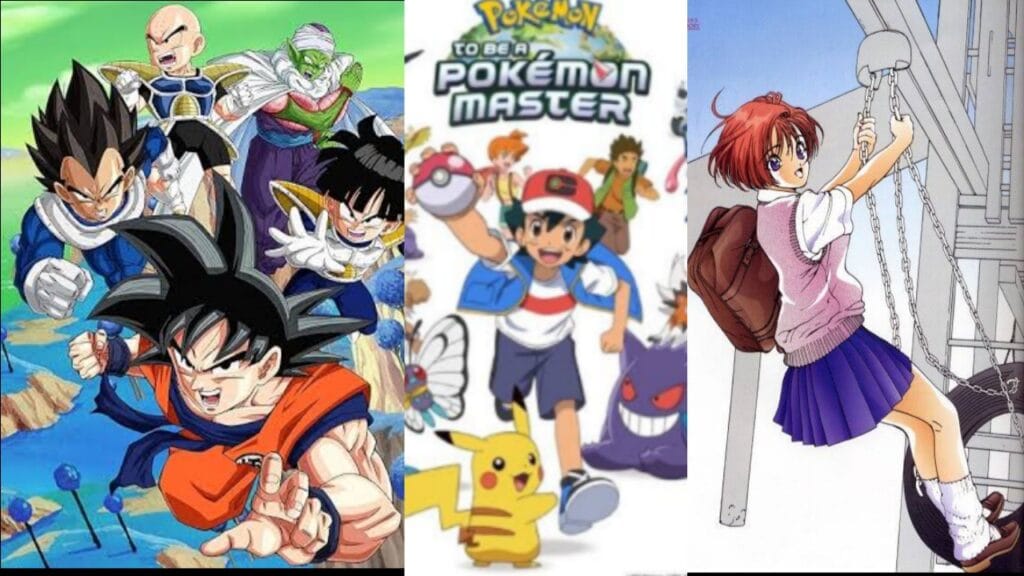
1. Creative Freedom: New genres allow writers and directors to experiment with narrative structures, visual styles, and thematic explorations that mainstream categories might restrict.
2. Audience Engagement: Catering to niche interests builds dedicated fan communities, from eco-fantasy devotees to gourmands.
3. Cultural Reflection: Lesser-known genres often tackle unique cultural or philosophical themes—such as healing (iyashikei) or eco-conscious storytelling—that mirror shifting societal values.
4. Market Expansion: Streaming platforms and global distribution empower studios to take risks on experimental or niche series, knowing there’s an international audience hungry for fresh content.
By embracing lesser-known anime genres, the industry stays dynamic, ensuring there’s always something new to discover.
“If you’re into hidden gems, don’t miss our list of underrated anime you need to watch
Beyond the Mainstream: Defining Lesser-Known Anime Genres
Below, we spotlight ten genres that fly under the radar yet offer unforgettable viewing experiences.
3.1 Iyashikei (Healing Anime)
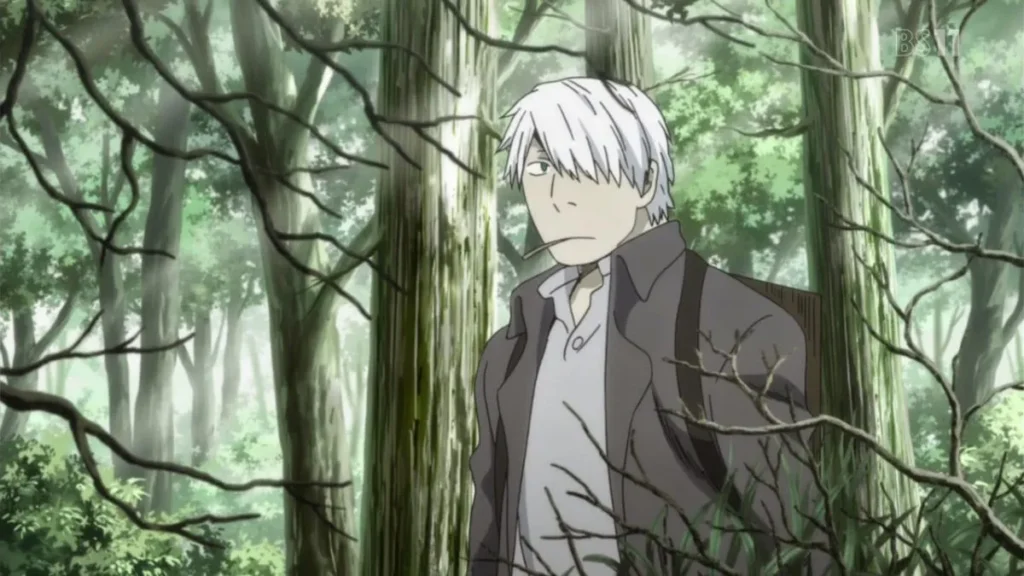
Definition: Focuses on calming aesthetics, gentle pacing, and slice-of-life storytelling that soothes viewers’ hearts.
Key Examples: Mushishi, Natsume’s Book of Friends, Laid-Back Camp.
Why It Matters: In a fast-paced world, iyashikei provides emotional restoration—an increasingly valued escape.
3.2 Josei (Women’s Slice-of-Life)

Definition: Targets adult women, often featuring realistic relationships, workplace challenges, and personal growth.
Key Examples: Honey & Clover, Nodame Cantabile, Paradise Kiss.
Why It Matters: Offers mature storytelling that resonates with older audiences seeking nuanced character studies.
3.3 Iyashikei-Mecha Hybrids
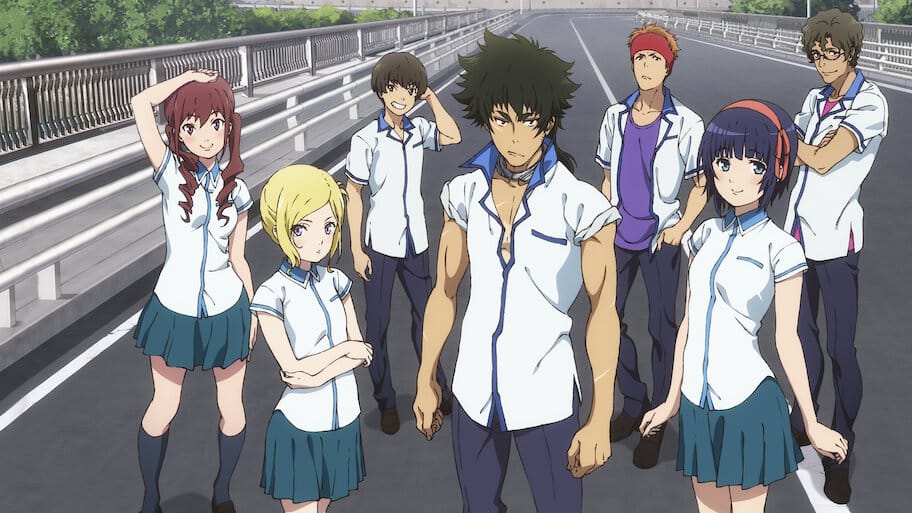
Definition: Combines healing anime’s tranquil tone with giant-robot spectacle.
Key Examples: Mado no Shinzō (Heart of the Mado), Kuromukuro.
Why It Matters: Merges two disparate genres to craft a soothing yet thrilling viewing experience.
3.4 Reverse Isekai
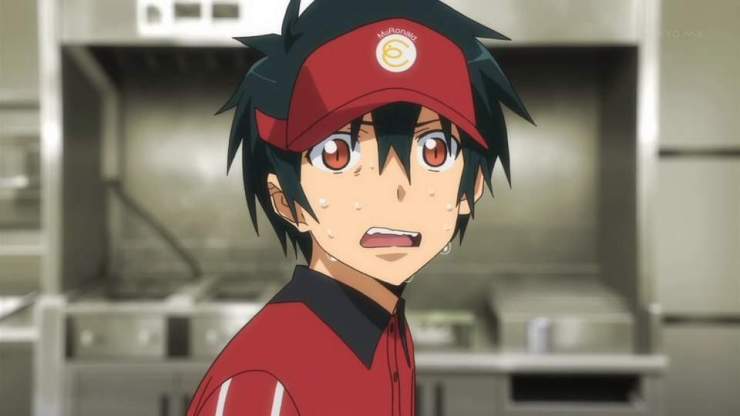
Definition: Rather than transporting humans to fantasy worlds, characters from other realms enter the real world.
Key Examples: The Devil is a Part-Timer!, I Hear the Sunspot (partly).
Why It Matters: Challenges the isekai formula, offering fresh comedic or dramatic potential.
3.5 Experimental & Abstract
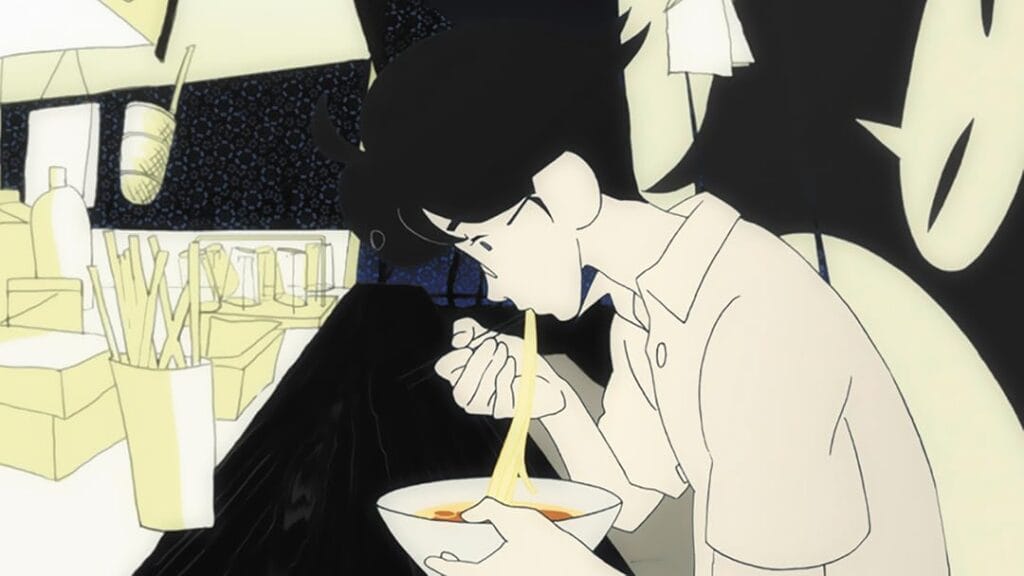
Definition: Prioritizes unconventional visuals, non-linear narratives, or avant-garde soundscapes.
Key Examples: Tatami Galaxy, Ping Pong the Animation, Kaiba.
Why It Matters: Pushes the boundaries of animation as an art form, inviting viewers to interpret and engage more deeply.
3.6 Time-Loop & Psychological Mystery
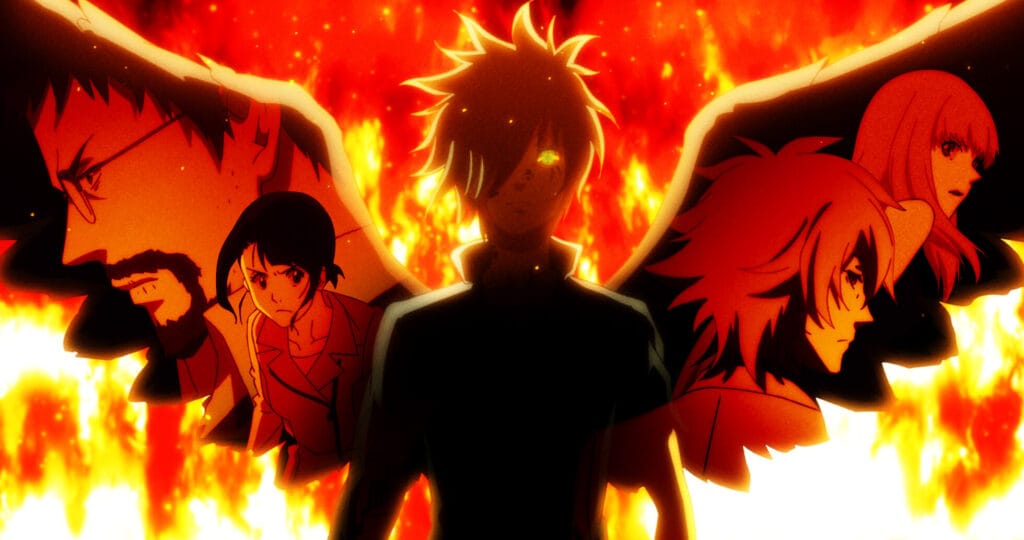
Definition: Centers on characters trapped in repeating timelines, with a focus on mind-bending twists.
Key Examples: Higurashi When They Cry, B: The Beginning, The Perfect Insider.
Why It Matters: Combines suspense with philosophical questions about fate and free will.
3.7 Anthology & Omnibus

Definition: Episodes or arcs stand alone, often by different creative teams, exploring diverse themes.
Key Examples: Memories, Short Peace, Genius Party.
Why It Matters: Showcases emerging talent and bite-sized stories that experiment freely.
3.8 Gourmet & Food-Culture
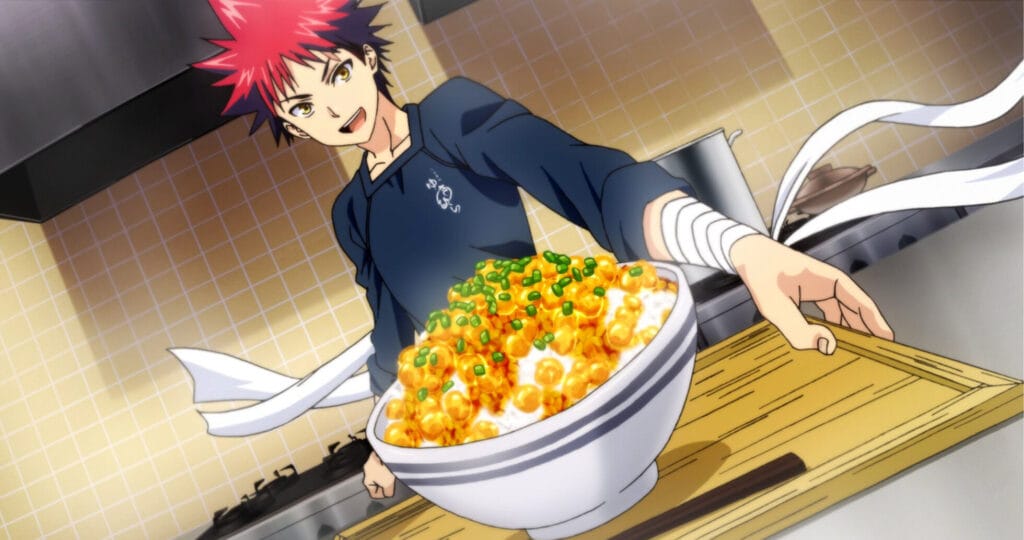
Definition: Celebrates cuisine through storytelling that elevates cooking to art.
Key Examples: Food Wars!, Isekai Izakaya: Japanese Food From Another World, Wakakozake.
Why It Matters: Taps into universal love for food, combining mouth-watering visuals with human drama.
3.9 Epistolary & Diary-Format

Definition: Narratives unfold through letters, diary entries, or first-person narration.
Key Examples: Flying Witch, Tsuki ga Kirei (elements), A Letter to Momo (film).
Why It Matters: Creates intimacy, allowing deep emotional connection with characters.
3.10 Eco-Fantasy & Nature Spirits
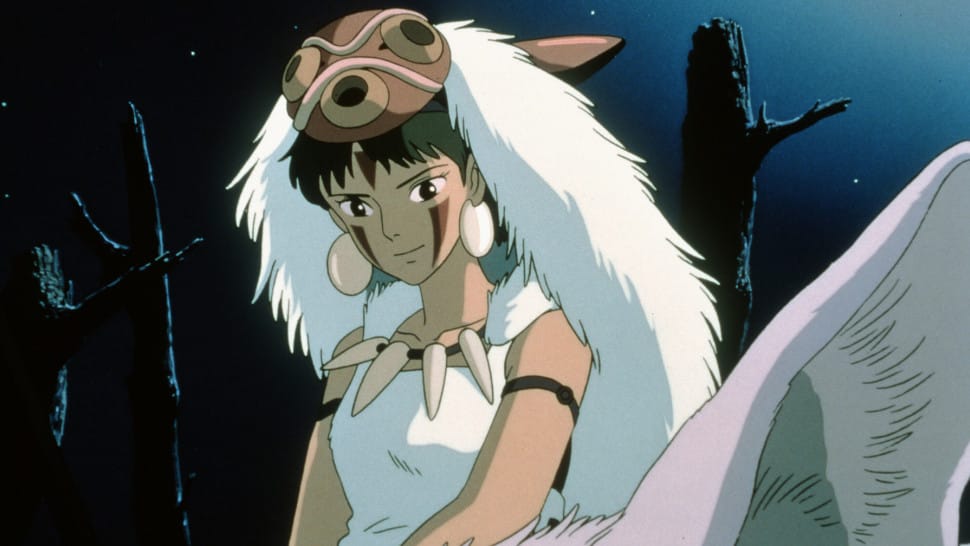
Definition: Blends fantasy with environmental themes, often featuring spirits, kami, or metaphoric allegories.
Key Examples: Princess Mononoke (film), Nausicaä of the Valley of the Wind (film), Mushi-Shin (short).
Why It Matters: Reflects growing global awareness of ecological issues through mythic storytelling.
How Anime Studios Are Innovating Genre Boundaries
- Cross-Studio Collaborations: Partnerships (e.g., Studio Ghibli x IG Port) yield unique amalgams of style and genre.
- Streaming-Supported Risk-Taking: Netflix, Crunchyroll, and Amazon fund niche projects that traditional broadcasters might avoid.
- Audience Feedback Loops: Social media polls and convention panels inform studios which lesser-known genres to explore next.
- Technology & VR Integration: Experimental anime projects leverage VR and interactive platforms, blending gaming and narrative.
These innovations reinforce how anime continuously expands its horizons, ensuring new sub-genres keep emerging.
Spotlight on Hidden Gems: Recommendations
| Genre | Title | Platform | Why Watch |
|---|---|---|---|
| Iyashikei | Flying Witch | Funimation | Gentle pace, magical realism |
| Reverse Isekai | The Devil is a Part-Timer! | Netflix | Hilarious real-world escapades |
| Experimental & Abstract | Ping Pong the Animation | Crunchyroll | Striking visuals, nonlinear storytelling |
| Time-Loop Mystery | The Perfect Insider | Funimation | Intellectual puzzles, slow-burn tension |
| Anthology | Genius Party | Vimeo | Variety of short, audacious stories |
| Gourmet & Food Culture | Isekai Izakaya | HiDive | Relaxed cooking show with fantasy twists |
| Epistolary & Diary-Format | Tsuki ga Kirei | Crunchyroll | Authentic teen romance through diary entries |
| Eco-Fantasy & Nature Spirits | Mushi-Shi | Funimation | Meditative, profound nature allegories |
Tips for Discovering Lesser-Known Anime Genres
1. Use Niche Tags on Streaming Sites: Search by “iyashikei,” “anthology,” or other specific tags.
2. Follow Genre-Focused Forums & Subreddits: Communities like r/AnimeThemes often highlight hidden gems.
3. Subscribe to Curated Newsletters: Some bloggers and YouTubers specialize in underappreciated anime.
4. Check Studio Catalogs: Studios like Madhouse and MAPPA release experimental works alongside mainstream hits.
5. Attend Virtual Screenings & Festivals: Events like Anime Expo’s “Indie Corner” showcase small-scale projects.
Embedding calls-to-action (CTAs) such as “Explore our in-depth review of Flying Witch” or “Join our newsletter for monthly genre spotlights” can further improve on-page engagement and SEO metrics.
Conclusion: Embracing the Unexplored
Anime’s power lies in its boundless creativity and willingness to evolve. By diving into lesser-known anime genres, viewers not only enrich their own experience but also support innovative storytellers pushing the medium forward. Start your journey today—whether through healing iyashikei dramas or abstract anthology films—and unlock worlds you never knew existed.
Ready to explore more? Check out our Ultimate Guide to Anime mood recommender and subscribe for weekly genre deep-dives!
Table of Contents
Toggle



